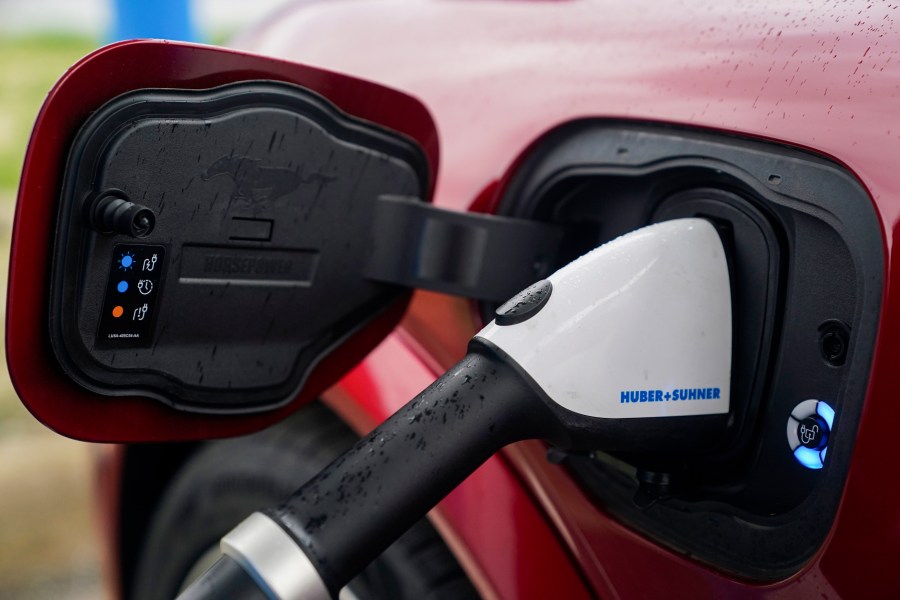As the deadline for the federal electric vehicle tax credit approaches, consumers are urged to act quickly to take advantage of savings that could total up to $7,500. This tax credit is set to expire on September 30, 2025, creating a unique opportunity for potential buyers to secure substantial dealer incentives alongside the credit.
With the expiration date looming, dealerships are ramping up their efforts, offering competitive lease and financing options to move their electric vehicle (EV) inventory. Currently, lease deals are remarkably aggressive, with the Volkswagen ID.4 available for around $100 per month, comparable to a typical gym membership fee. Other options include the Chevrolet Equinox EV leasing for approximately $249 monthly, while the Honda Prologue ranges between $159 and $229. Acura’s ZDX is available at about $299, and Tesla has lowered financing rates, allowing Model Y buyers to secure around 3.5 percent APR.
According to a survey by Auto Pacific, 79 percent of prospective EV buyers are aware of the tax credit, with nearly one in three stating it is the primary reason for their potential purchase. Without this financial incentive, the forecast for EV adoption is concerning. Predictions indicate a plateau at just 8 percent adoption through 2026, with only a slight rise to 12 percent by 2029, significantly below earlier expectations.
These current offers, combined with the tax credit, make electric vehicles like the ID.4, Equinox EV, and Prologue considerably more affordable. However, this window of opportunity will close after the September deadline. For those hesitant about the reliability of EV infrastructure or experiencing “charging anxiety,” waiting may feel like a safer choice, even though it could potentially lead to higher costs.
The implications of this tax credit’s expiration extend beyond individual consumers. As the technology for EVs matures, including robust models like the Ford F-150 Lightning, the absence of financial incentives could hinder broad market adoption. Auto Pacific warns that without proactive measures from policymakers or manufacturers absorbing costs, the future may see fewer affordable electric vehicles on the market.
In conclusion, time is of the essence for those considering the purchase of an electric vehicle. The combination of the expiring tax credit and current dealer incentives presents a compelling case for immediate action. Delaying beyond September 30, 2025, may not only mean missing out on valuable savings but could also contribute to stagnation in the growth of electric vehicle adoption.
